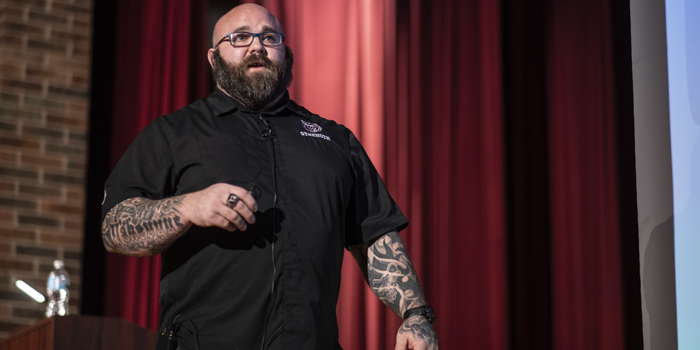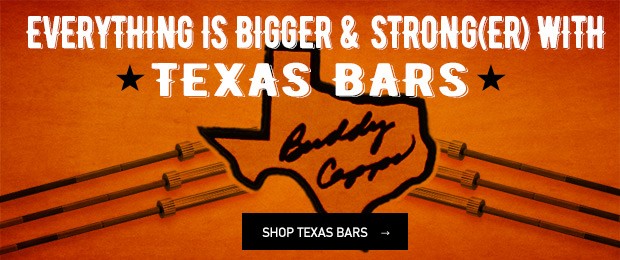
Through three segments of his elitefts Sport Performance Summit presentation, Jeremy Frey has shared athlete training tips for the following movements:
For this fourth segment, Frey continues to share advice to coaches and athletes on proper execution of popular exercises, this time focusing on the conventional deadlift. Many of these coaching cues for the conventional deadlift will carry over into coaching the weightlifting clean if you choose to use it with your athletes. Many coaches want to get their athletes to the point that they can do a good weightlifting clean and effectively perform Olympic movements, which means the athletes need to be taught how to do a conventional deadlift.
The conventional deadlift is a great movement to do on its own, but in Frey's opinion, teaching it is most important because it is part of the clean. He never moves his athletes into the clean until they can do a proper hip hinge motion, proper front squat, and a proper conventional deadlift. After learning the hip hinge and front squat, athletes can do hang cleans, but to get them cleaning from the floor it's necessary to educate them on the conventional deadlift. For this, Frey shares a checklist of cues you can use with your athletes to help:
- Shoulder-width stance
- Shins near perpendicular
- Weight on heels
- Shoulders over bar
- Bar against shins
- No slack in the arms or body
- Back arched with head neutral
- Deep belly breath before pulling
Frey also shares photos demonstrating the optimal position with the deadlift. Many athletes often struggle with their knees going forward and their shoulders going too far behind the bar when they try to hip hinge from the floor in a conventional deadlift. This ruins the loading pattern; the shoulders must stay over the bar with the hips pushed back. For athletes, the bar should stay as tight to the body as possible without dragging the bar up the shins.









